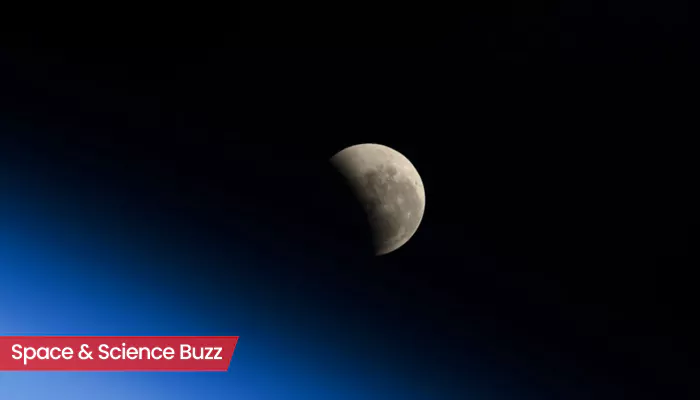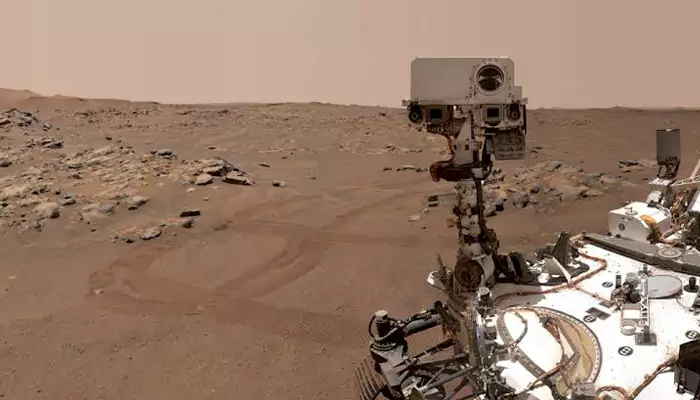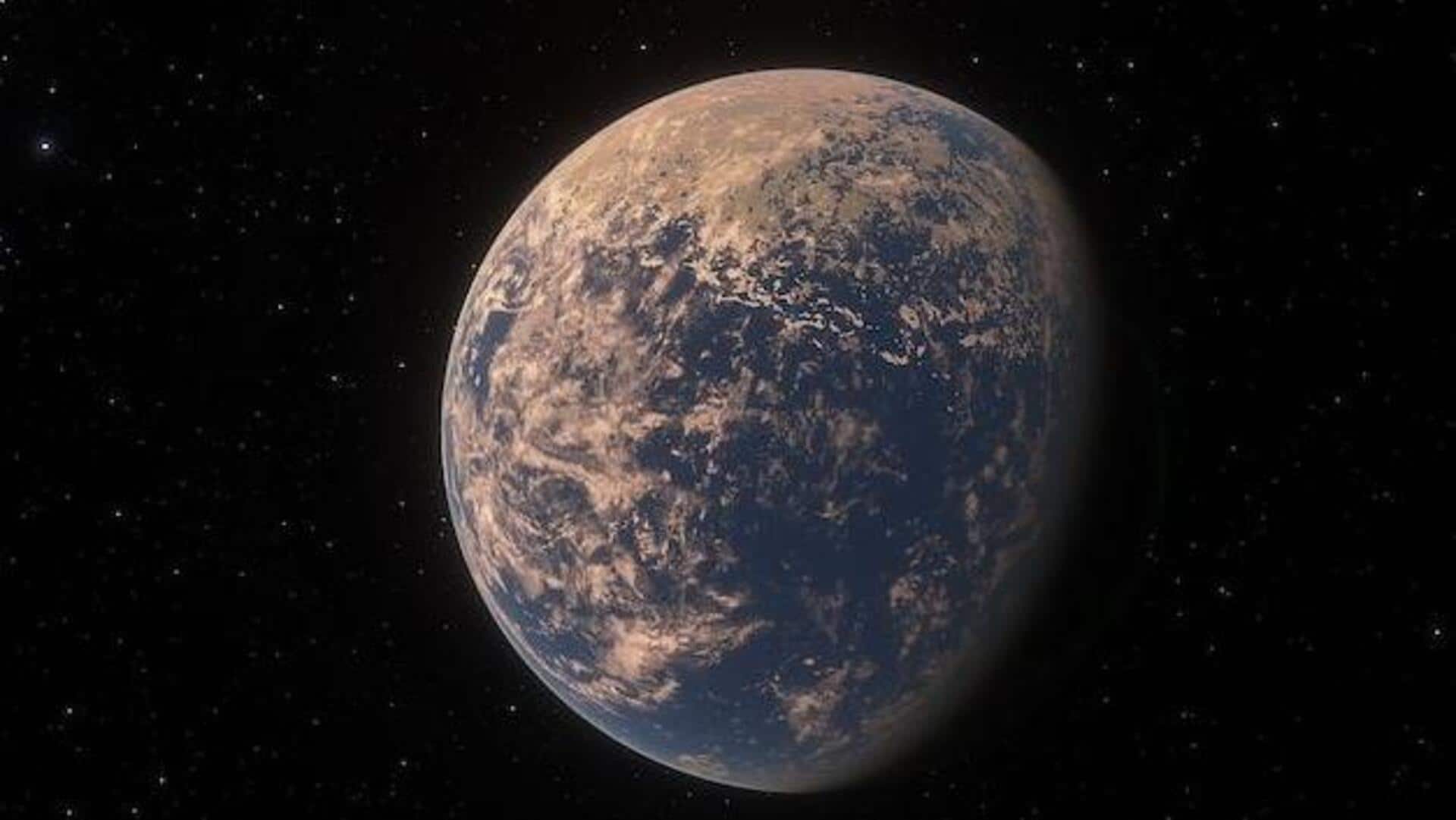NASA’s Perseverance rover collected a sample of rock formed billions of years ago from sediment on the bottom of a lake. As per the scientists, these rocks contain potential signs of ancient life on Mars.
The sample was obtained from an ancient dry riverbed in Jezero Crater.
“This finding by Perseverance, launched under President Trump in his first term, is the closest we have ever come to discovering life on Mars. The identification of a potential biosignature on the Red Planet is a groundbreaking discovery, and one that will advance our understanding of Mars,” said acting NASA Administrator Sean Duffy.
The rocks are called the ‘Sapphire Canyon’ sample by the rover and the formation consists of fine-grained mudstones and coarse-grained conglomerates, a kind of sedimentary rock composed of gravel-sized particles cemented together by finer-grained sediments.
After a year of scientific scrutiny, a rock sample collected by the Perseverance rover has been confirmed to contain a potential biosignature. The sample is the best candidate so far to provide evidence of ancient microbial life on Mars. https://t.co/0BAO1dhMG8 pic.twitter.com/JsOXgrNDmY
— NASA Mars (@NASAMars) September 10, 2025
According to a paper published Wednesday in the journal Nature, a “potential biosignature” was detected in multi-billion-year-old sedimentary rocks.
“The combination of chemical compounds we found in the Bright Angel formation could have been a rich source of energy for microbial metabolisms,” said Perseverance scientist Joel Hurowitz of Stony Brook University, New York and lead author of the paper. “But just because we saw all these compelling chemical signatures in the data didn’t mean we had a potential biosignature. We needed to analyze what that data could mean.”
Notably, if past discoveries are considered, Mars has not always been the inhospitable place it is today. In the distant past, liquid water was found on its surface. Scientists have suspected that microbial life once could have lived in Jezero Crater. They believe river channels spilled over the crater wall and created a lake more than 3.5 billion years ago.
The Sapphire Canyon sample was collected in July 2024 from a set of rocky outcrops on the edges of Neretva Vallis, an ancient river valley carved by water rushing into Jezero crater.

















